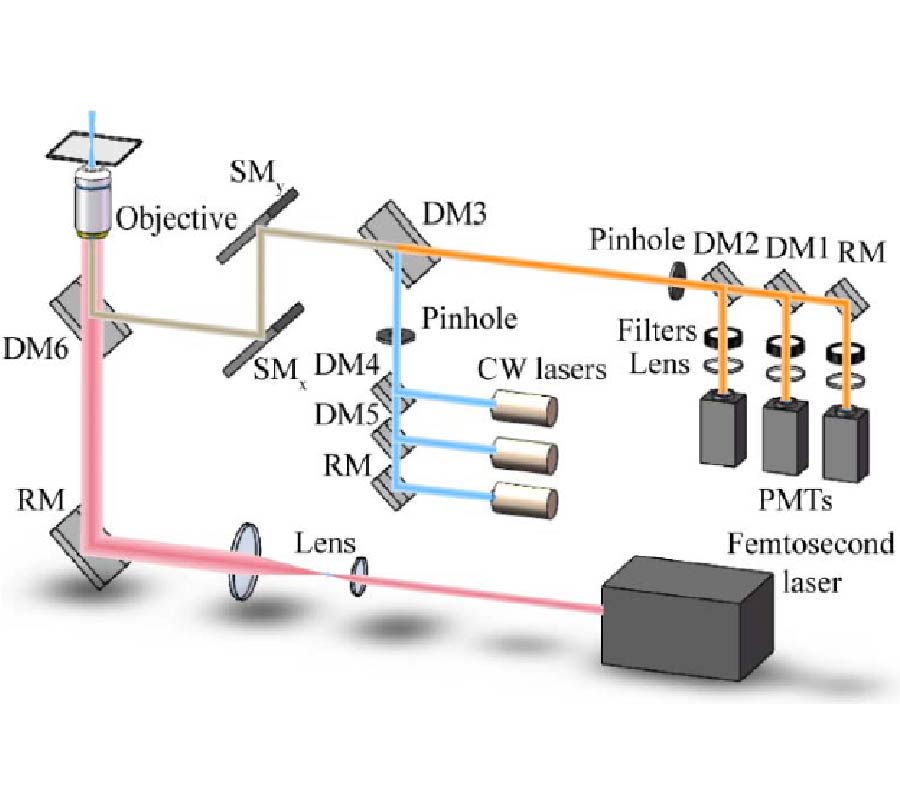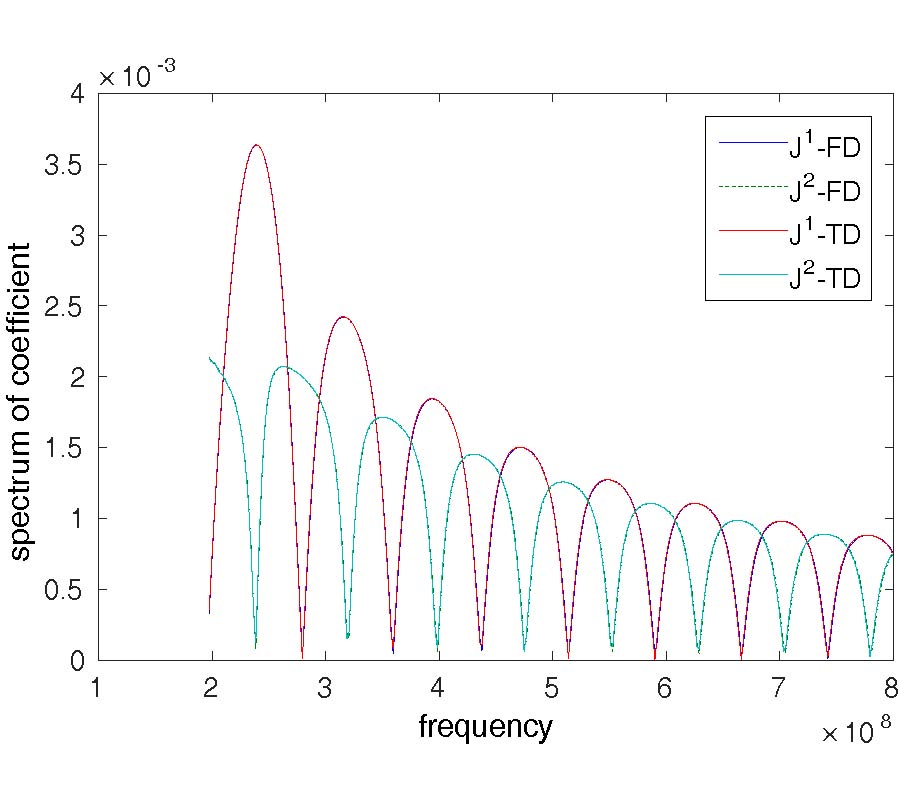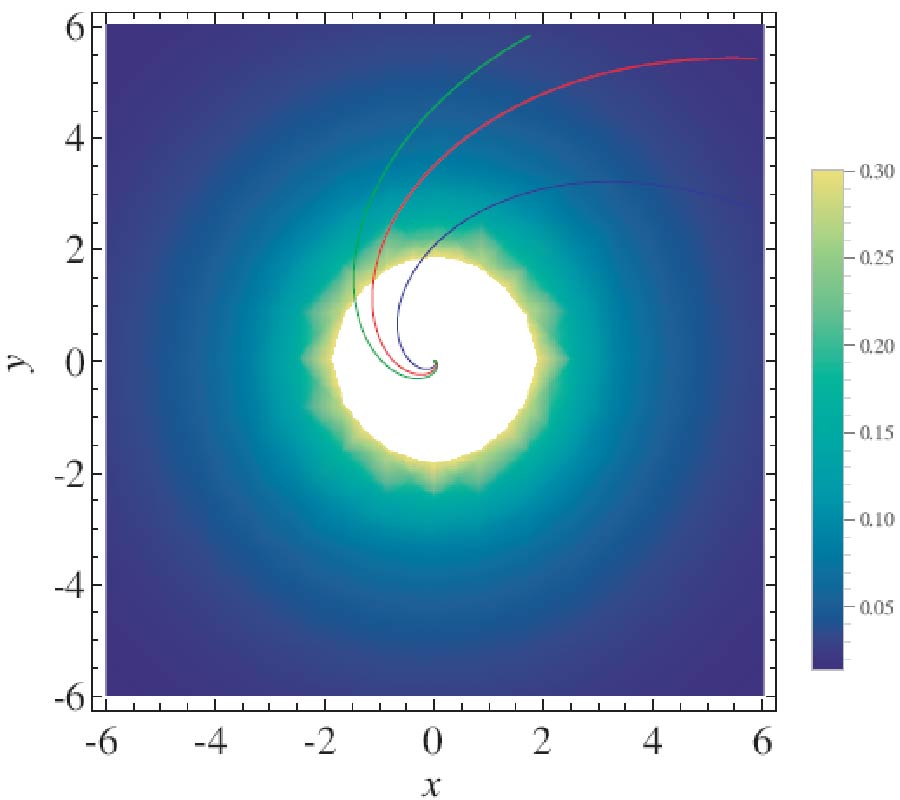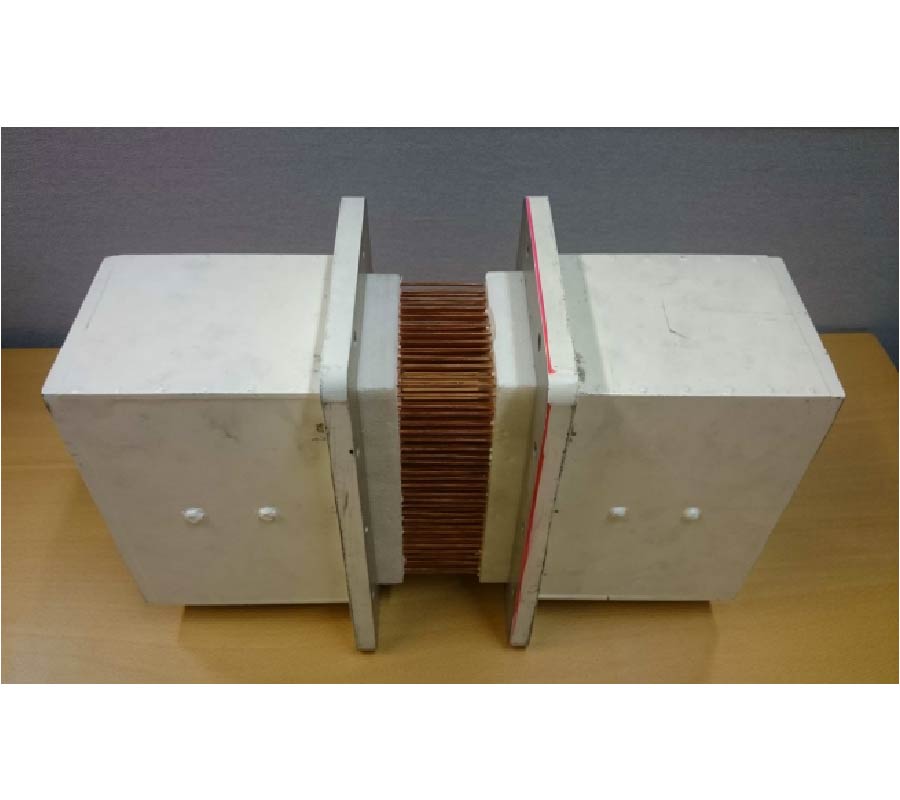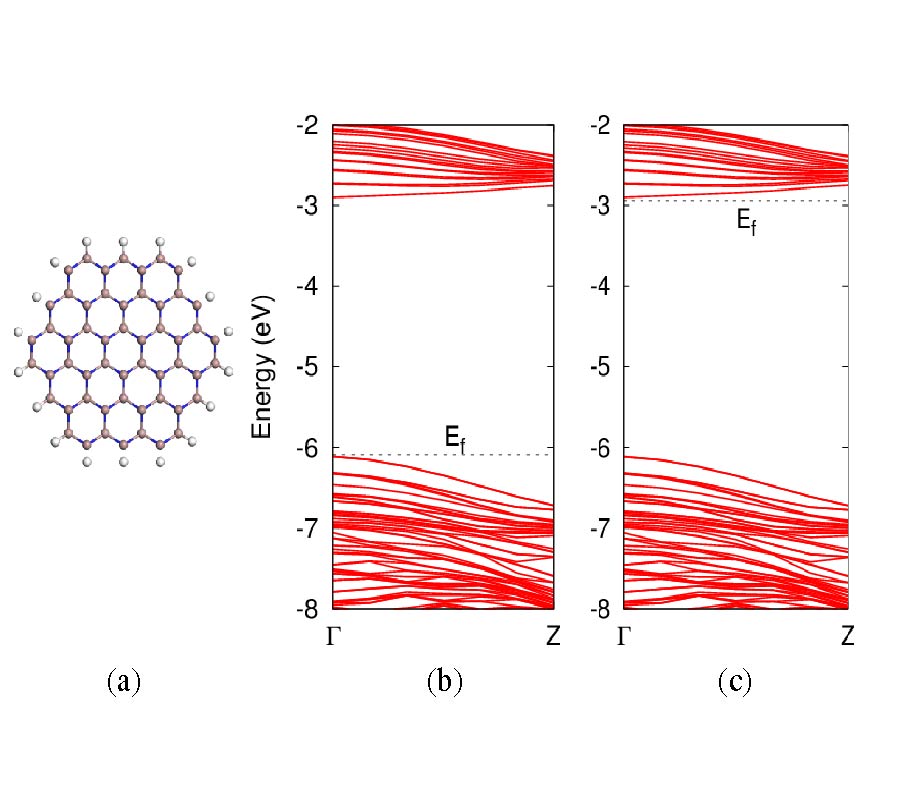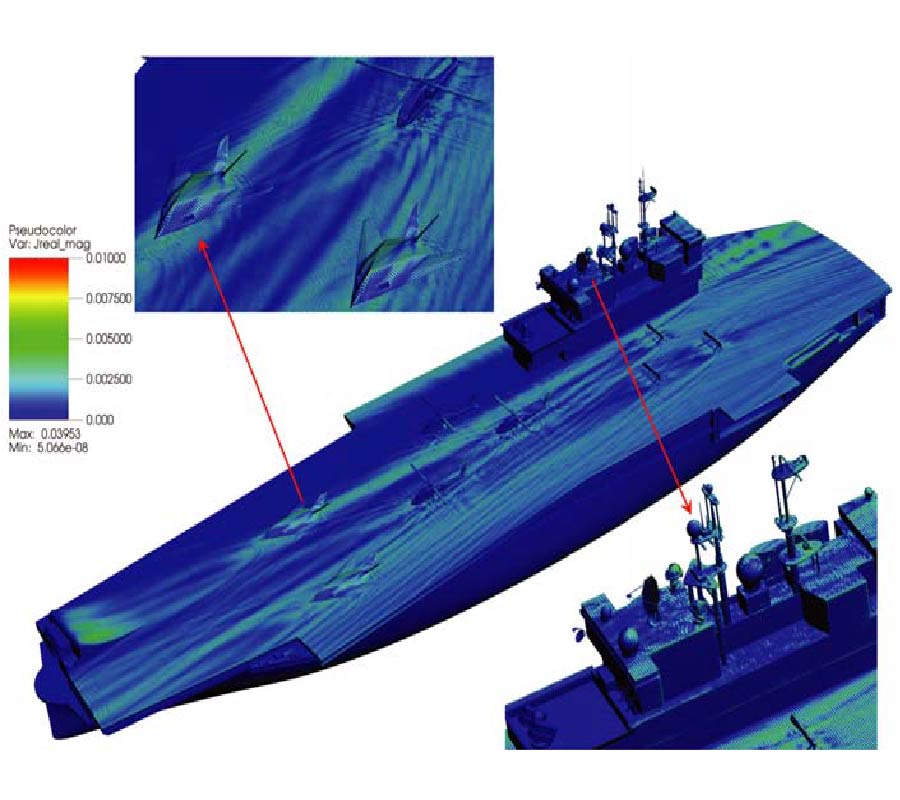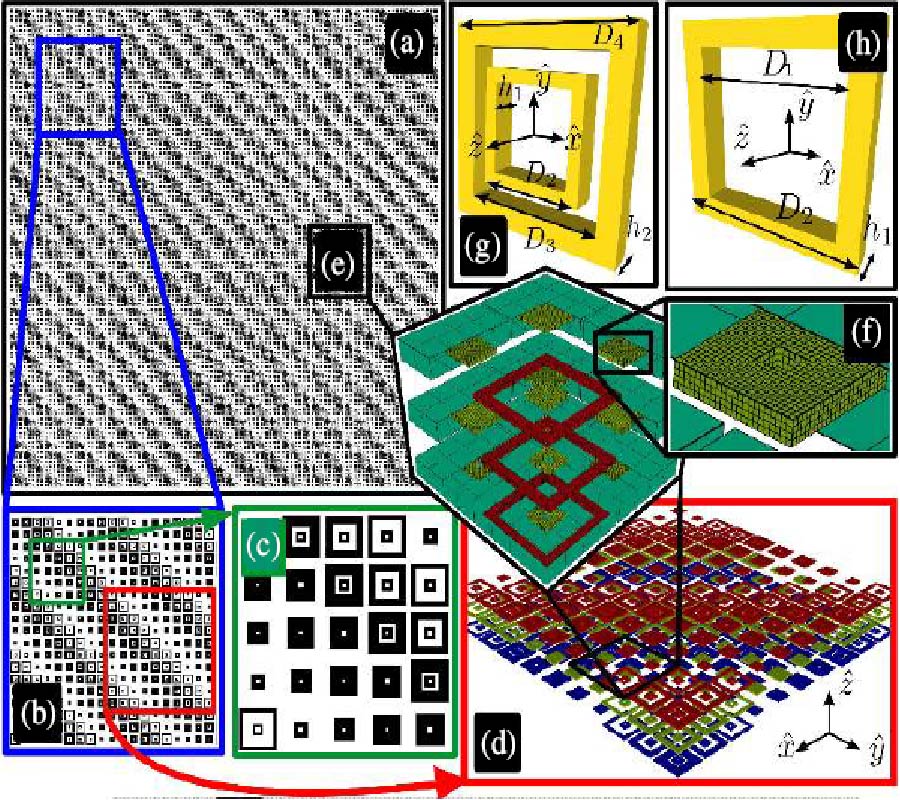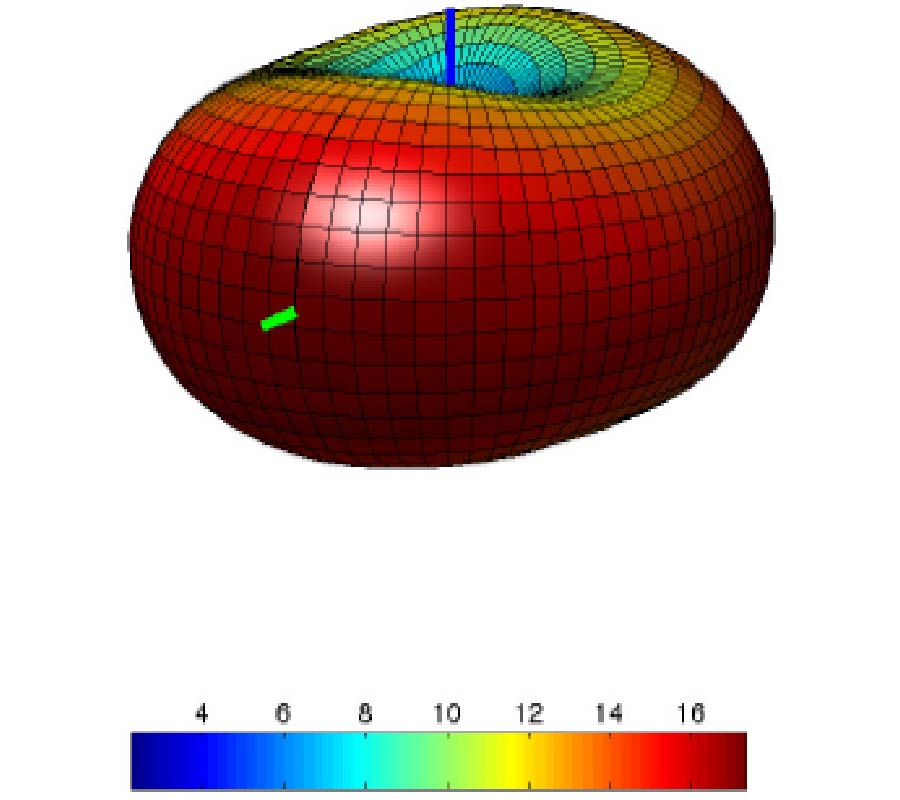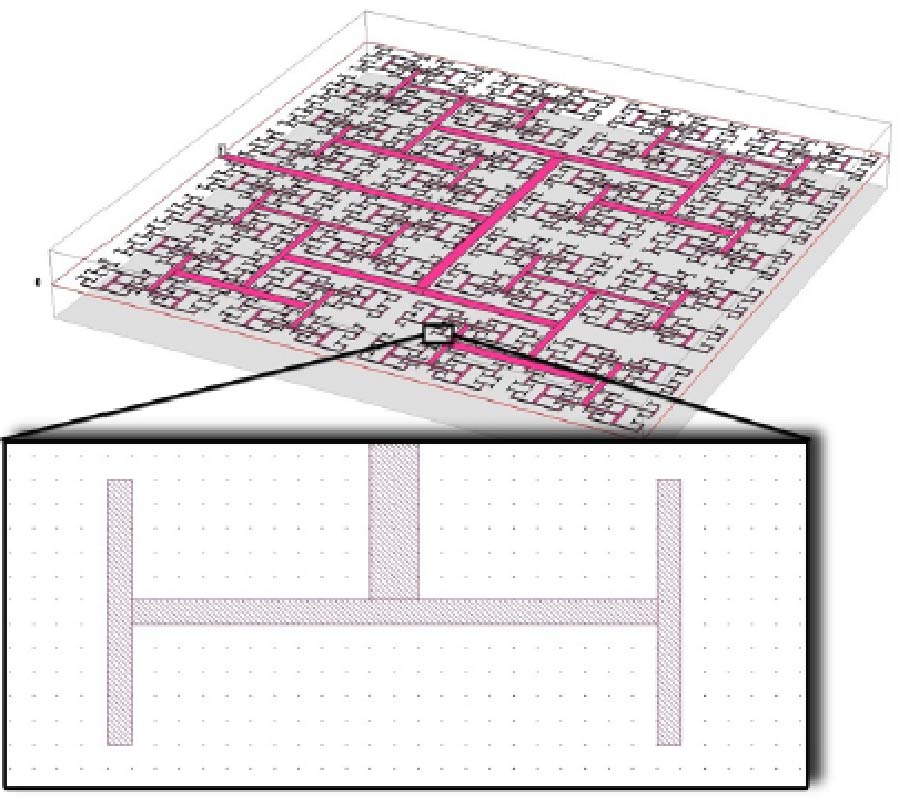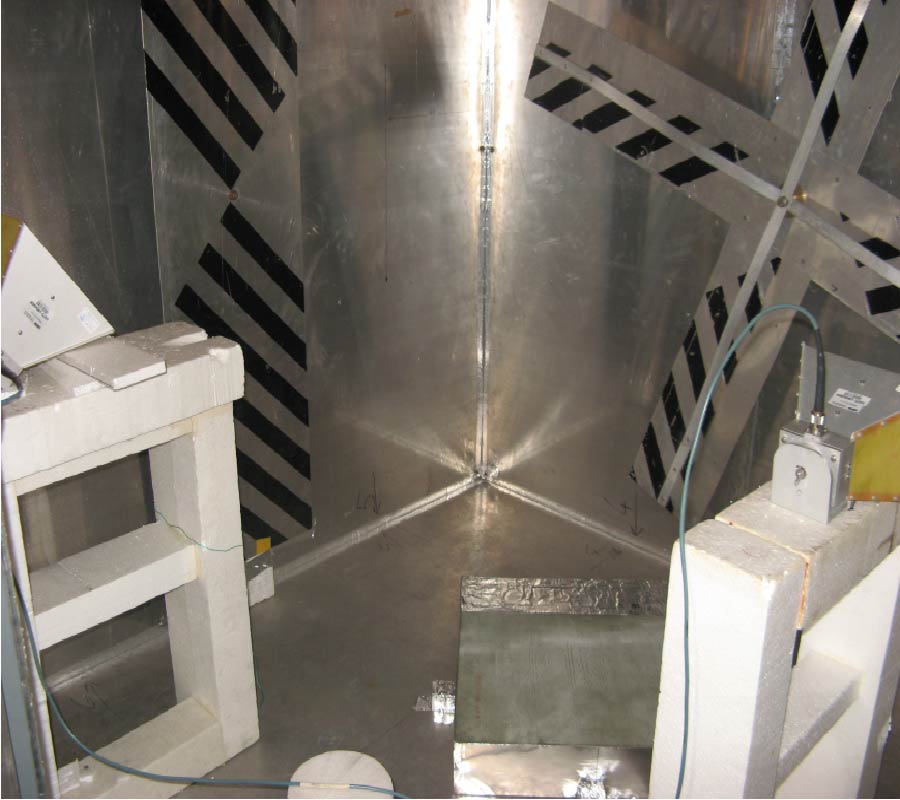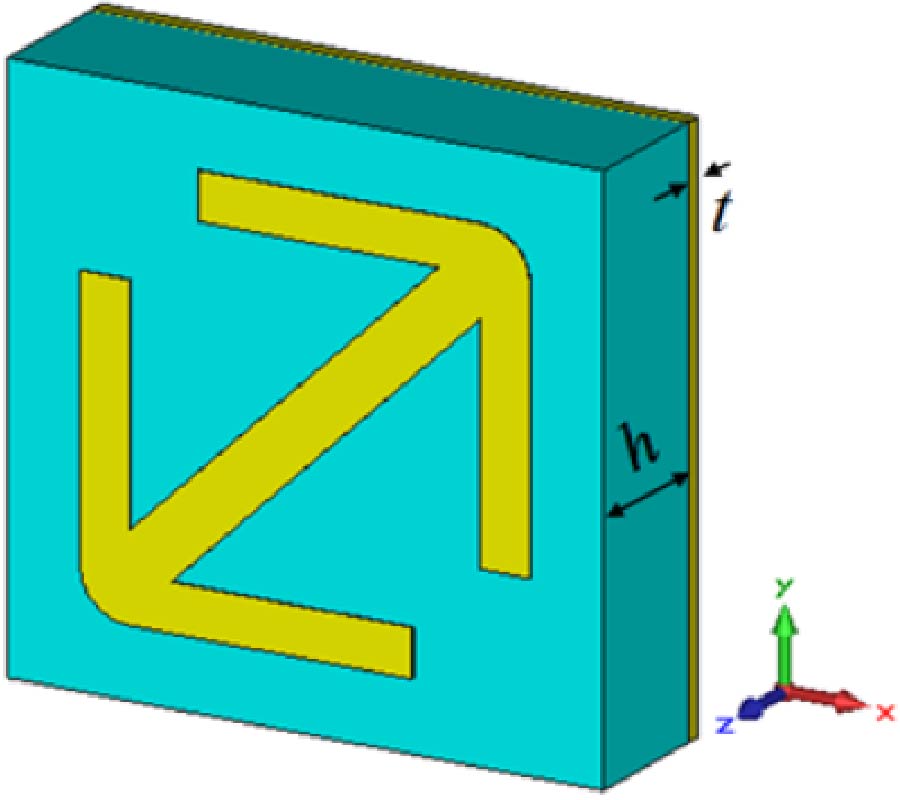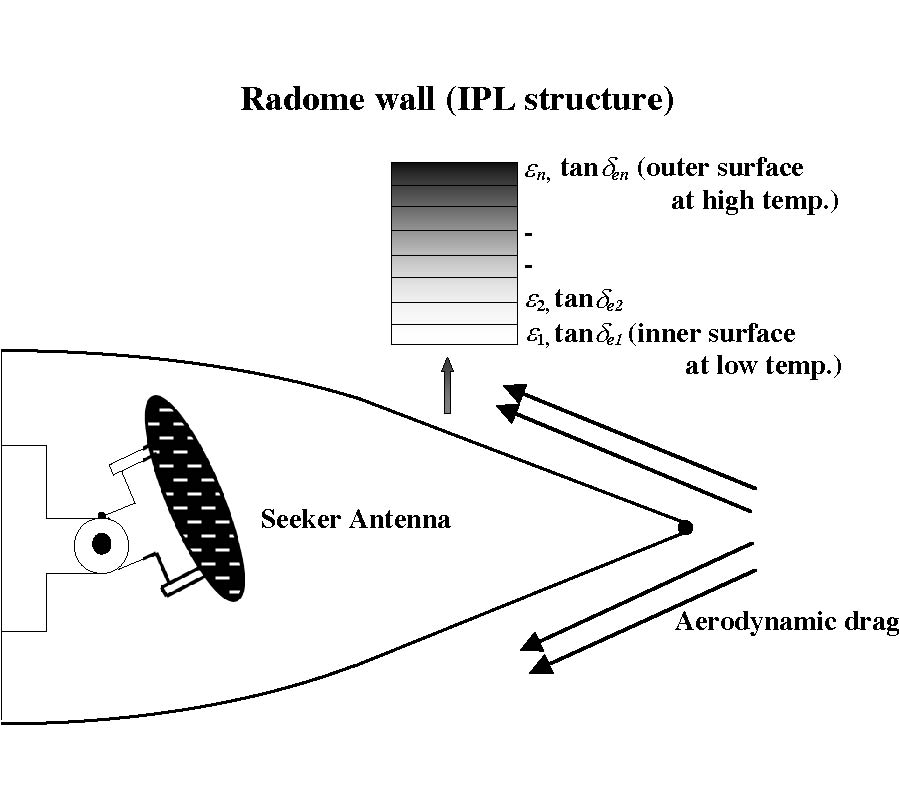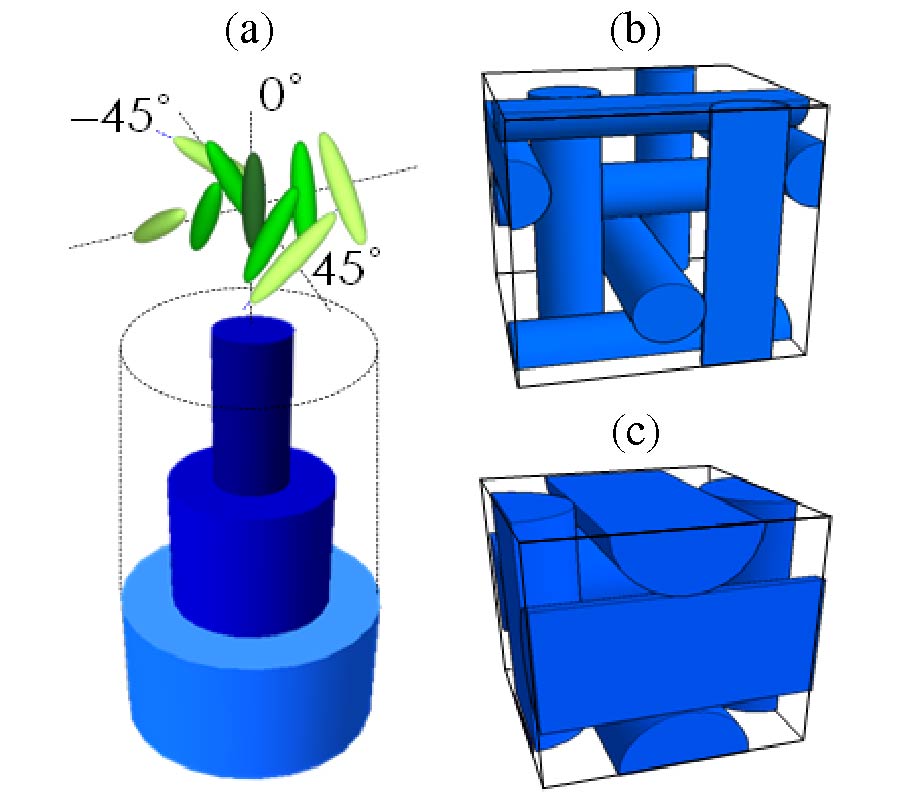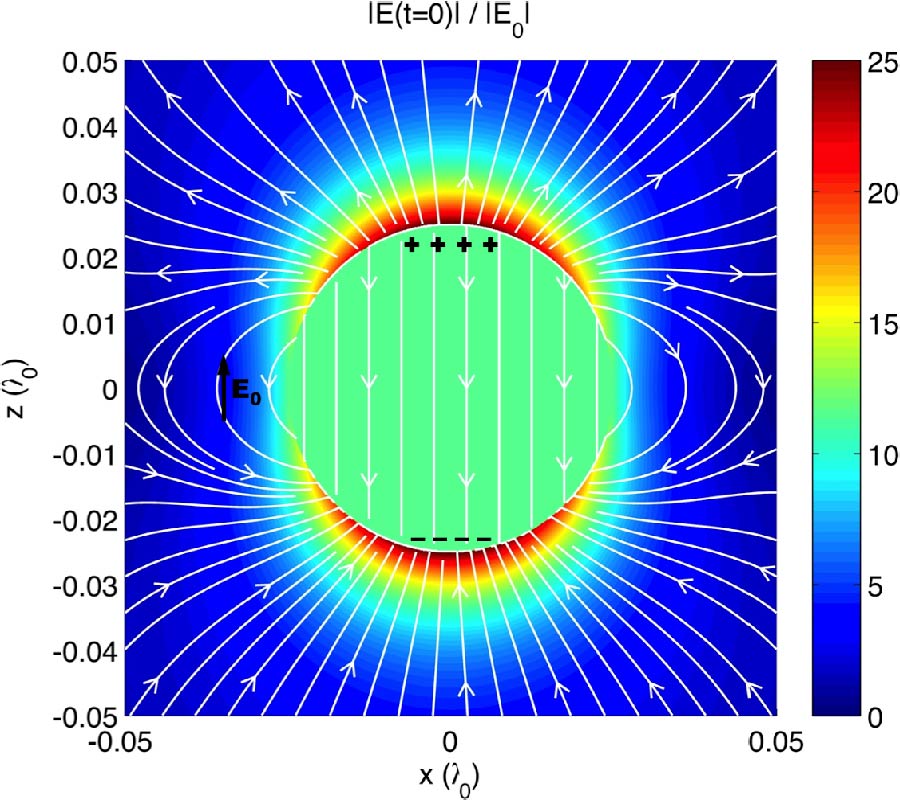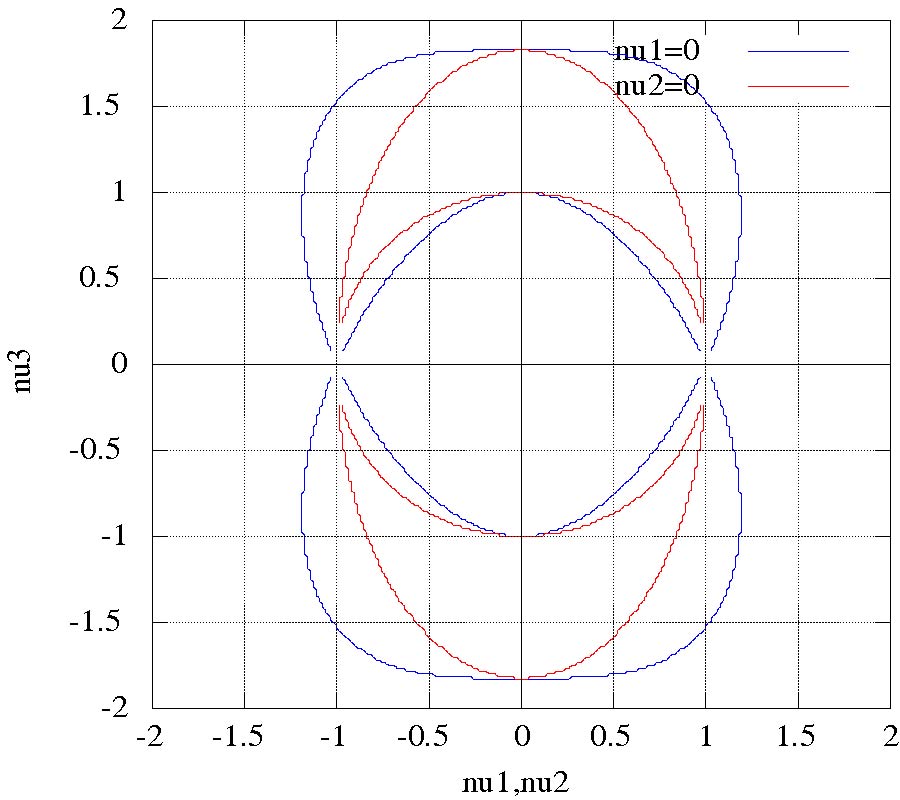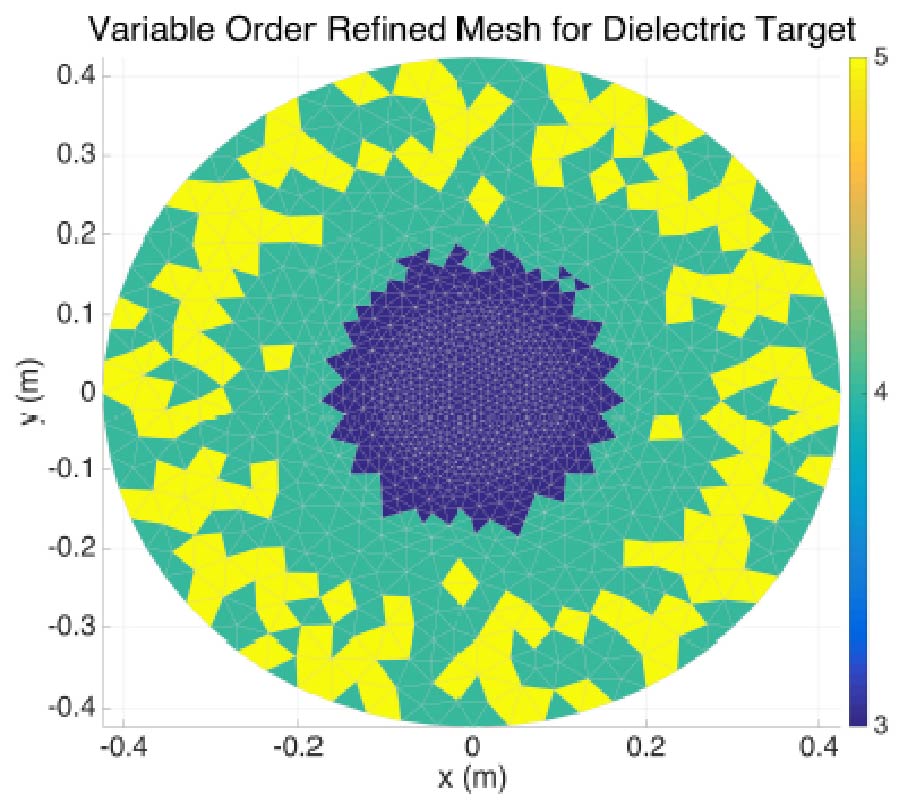Simulating Wave Phenomena in Large Graded-Pattern Arrays with Random Perturbation
Davood Ansari Oghol Beig,
Jierong Cheng,
Cristian Della Giovampaola,
Amirnader Askarpour,
Andrea Alu,
Nader Engheta and
Hossein Mosallaei
Efficient and accurate computer simulation of wave phenomena plays an important role in invention, development, cost reduction and optimization of many systems ranging from ultra-high-speed electronics to delicate nanoscale optical devices and systems. Understanding the physics of many modern technological applications such as optical nanomaterials calls for the solution of very complex computer models involving hundreds of millions to billions of unknowns. Integral equation (IE) methods are increasingly becoming the method of choice when comes to numerical modeling of wave phenomena for various reasons specifically since the introduction of FMM and MLFMA acceleration that tremendously reduce the computational costs associate with naive implementation of IE methods. In this work, a new acceleration technique specifically designed for the modeling of large, inhomogeneous, finite array problems it introduced. Specifically we use the new method for modelling and design of some metamaterial structures. At last, the presented method is used to study the some of the undesired random effects that occur in metamaterial array fabrication.
